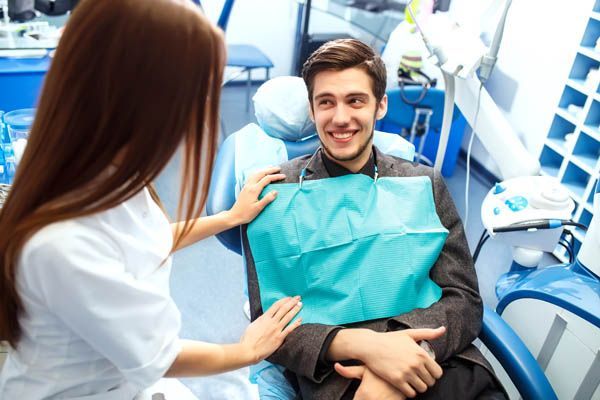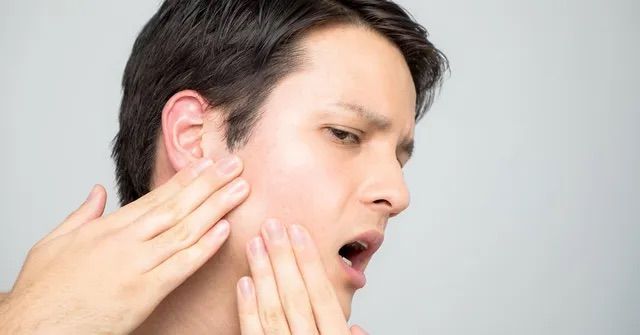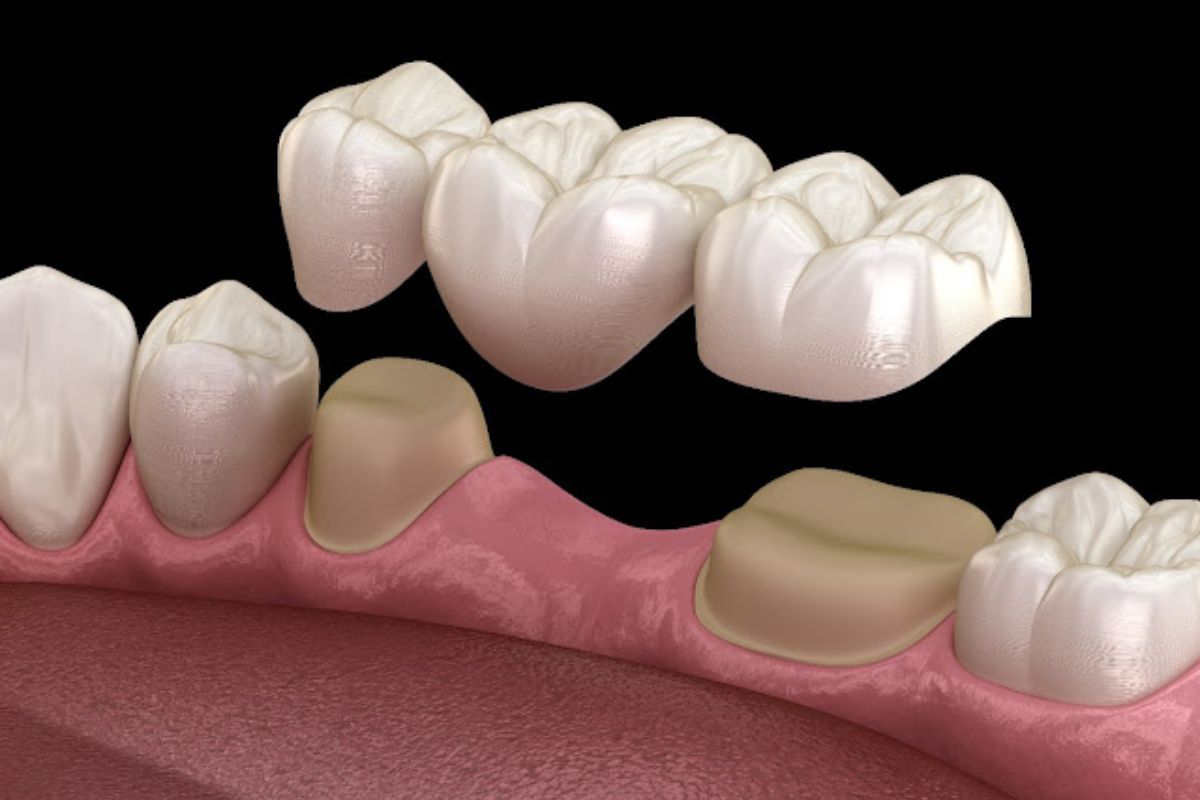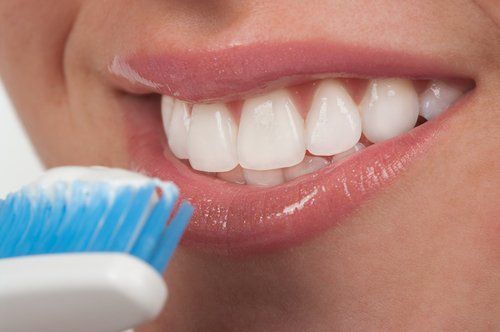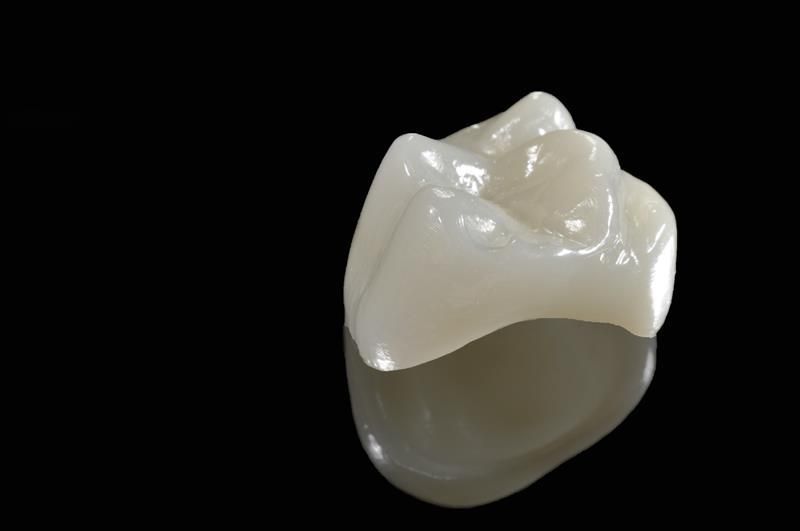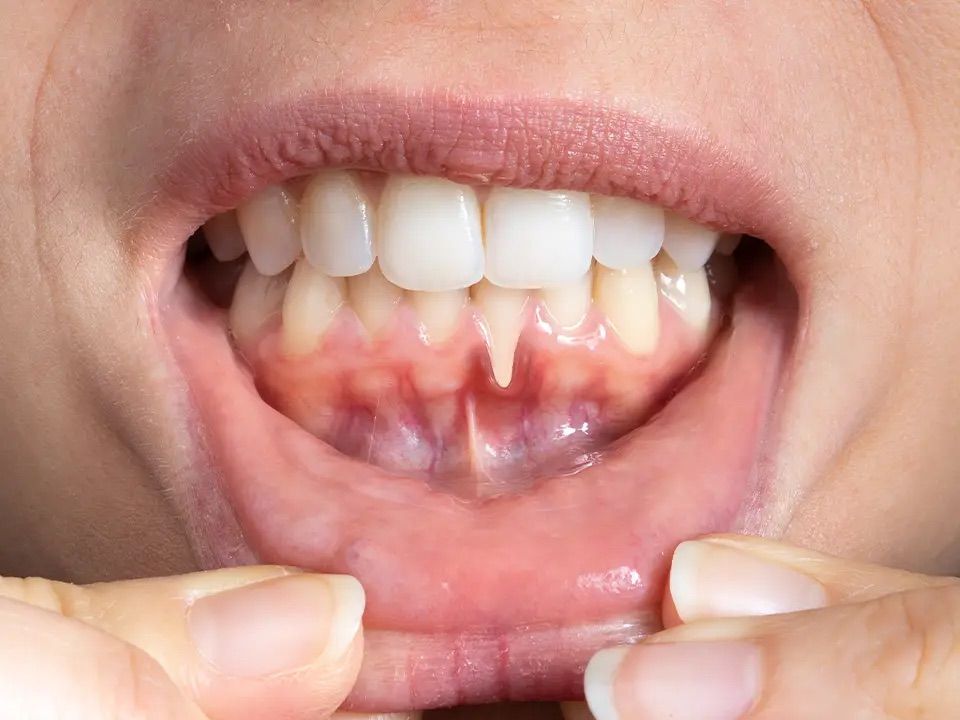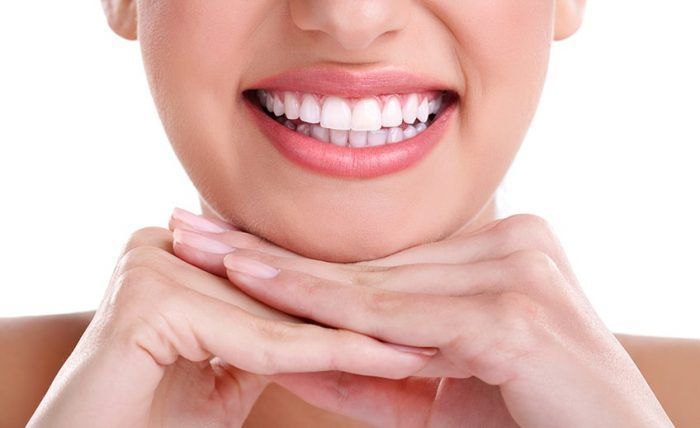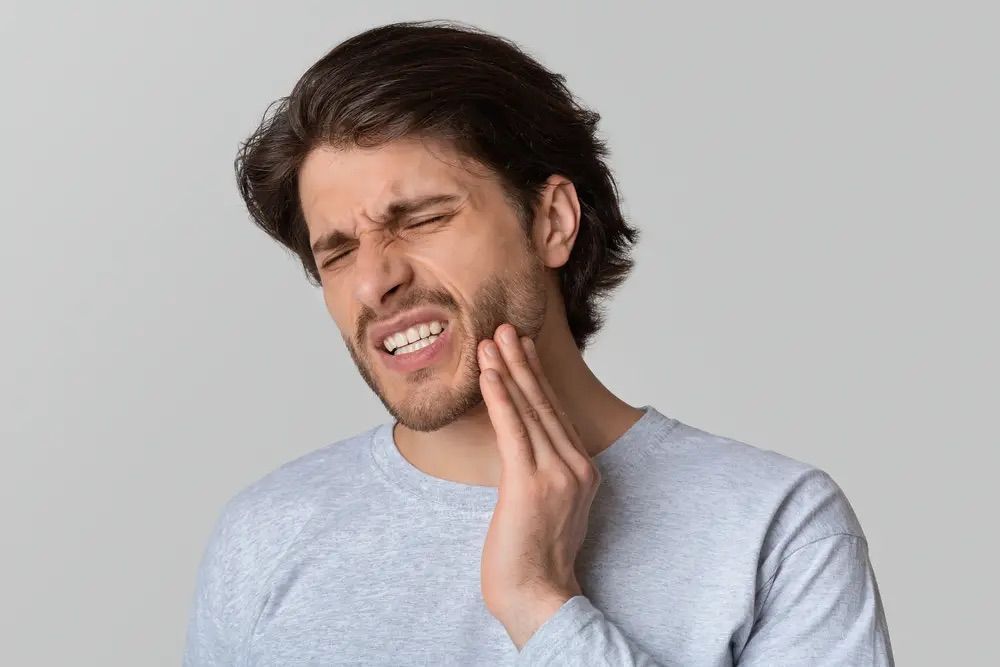Everything You Should Know About at-Home Sleep Apnea Test
Sleep problems can be a nuisance, often leaving you exhausted and unhealthy. It is a common sleep disorder characterized by repeated disruptions in breathing during sleep. This condition can seriously impair your quality of life and increase the risk of various health complications. The good news is that it can easily be diagnosed using a sleep apnea test at home
This article will guide you through everything you need about the home sleep apnea test
What Is Sleep Apnea?
As mentioned, sleep apnea refers to a severe sleep disorder characterized by interrupted breathing during sleep. Notably, individuals with untreated sleep apnea may stop breathing multiple times while sleeping, often referred to as episodes of apnea by sleep specialists. This disorder can lead to health complications due to insufficient oxygen reaching the brain and other organs.
There are two types of sleep apnea , including:
Obstructive Sleep Apnea (OSA)
This is the more common form and happens when throat muscles relax, causing the airway to collapse or become blocked during sleep. This leads to a noticeable stop in breathing, followed by a gasping or snorting sound when breathing resumes.
Central Sleep Apnea
Central sleep apnea is less common and involves the brain failing to send proper signals to the muscles that control breathing. This results in periods of stopped breathing during sleep, but usually without the gasping or choking noises associated with OSA.
In some cases, individuals can have a condition called Complex Sleep Apnea Syndrome, which is a combination of both obstructive and central sleep apnea.
- Sleep Apnea and Fatigue: People with sleep apnea usually endure daily fatigue. This is because constant waking up during sleep prevents them from getting deep, restorative sleep, leading to constant tiredness.
- Sleep Apnea and High Blood Pressure: If left untreated, obstructive sleep apnea, a form of sleep apnea, can lead to high blood pressure. The repeated episodes of oxygen shortage trigger a stress response, raising blood pressure levels.
- Sleep Apnea and Heart Problems: Heart issues are common among sleep apnea patients. The intermittent deprivation of oxygen coupled with increased blood pressure puts undue stress on the heart, making heart problems a significant concern for those with untreated sleep apnea.
- Sleep Apnea and Diabetes: Sleep apnea is also linked to type 2 diabetes and metabolic syndrome. Frequent interruptions in sleep can affect the body’s use of insulin, increasing the chances of developing diabetes.
What Is an At-Home Sleep Apnea Test?
A sleep apnea home test is a simplified version of the polysomnography test that you would normally take in a sleep laboratory. It’s designed to diagnose sleep apnea by measuring the following:
- Breathing patterns and respiratory flow: The test measures your breathing patterns to identify if there are any disruptions. It detects the airflow in your nose and mouth using thermistors, thermocouples, or a nasal pressure cannula.
- Oxygen levels in the blood: If you have sleep apnea, the oxygen levels in your blood may decrease during sleep. The test uses a pulse oximeter, usually attached to your finger, to measure the blood’s oxygen saturation level.
- Heart rate: The test records heart rate as sleep apnea episodes might cause changes in heart rate.
- Snoring and other associated noises: A microphone detects snoring and other possible obstructions of your airways during sleep.
- Body position: The patient’s body position, especially the changes in position during sleep, is also monitored. This is because sleep apnea symptoms might be more evident when sleeping in certain positions.
- Chest movements: Any difficulties in breathing or disruptions in regular breathing patterns are detected by monitoring the chest’s movement. If the chest moves as you try to breathe but has no airflow, it could suggest apneas.
- Sleep stages: By measuring brain waves, eye movements, and muscle tone, professional home sleep tests can identify sleep stages and identify any disturbances in their progress.
How Does an At-Home Testing Device for Apnea Work?
Step 1: Consultation and Evaluation
First, a patient must consult with her healthcare provider, a primary care physician, or a specialist who handles sleeping disorders. Based on the symptoms you’ve presented and upon careful evaluation, your doctor might propose that you get a sleep apnea test.
Step 2: Getting the Plethysmograph
If your healthcare provider identifies you as a candidate, you’ll receive an at-home sleep apnea test kit. It usually contains a plethysmograph, which measures changes in volume within an organ or whole body that result from the flow of blood. The devices usually include a nasal cannula to monitor breathing, a chest belt to record chest movements, a finger clip to record oxygen levels, and sometimes a positioning sensor to monitor your sleep positions through the night.
Step 3: Training to Use the Equipment
Before proceeding with the test, the patient must know how to set up the equipment properly. Usually, the provider or a technician will provide instructions or demonstrate how to use the kit, including the correct placement of sensors and how to start the recording process.
Step 4: Preparation for the Test
On the night of the test, the individual should follow their routine as closely as possible. Avoiding naps, caffeine, and heavy meals can help ensure the test’s accuracy. The person should set up the sensors as instructed, typically just before they go to bed.
Step 5: Take the At-Home Sleep Apnea Test
The individual would sleep with the test device for one to three nights. The device measures several things as they sleep, including airflow, breathing effort, blood oxygen levels, heart rate, and more.
Step 6: Return the Test Equipment
After completing the test, return the equipment following the instructions, typically by mail. Some services may also offer local drop-off options.
Step 7: Analysis of the Recorded Data
A sleep medicine physician will be the one who will review and interpret the recorded data coming from the sleep apnea test kit.
Step 8: Getting the Results
Once analyzed, you can discuss the results with your healthcare provider. Depending on the results, the doctor may suggest lifestyle changes and prescribe CPAP therapy, oral appliances, or other treatments.
Step 9: Treatment Process
If diagnosed with sleep apnea, your doctor will start your treatment process, which may involve lifestyle changes, CPAP machines, or other medical interventions.
Step 10: Review and Follow-up
After beginning treatment, regular follow-ups with your healthcare provider are necessary. This is to ensure that the treatment is working and make any required adjustments.
Remember, it takes time to adjust to any new treatment, so patience and persistence during this process are crucial for successfully managing sleep apnea.
How Much Do At-Home Sleep Tests Cost?
The sleep apnea test cost varies, but they are generally more affordable than in-lab sleep studies. You can expect to pay anywhere from $125 to $600 for an at-home sleep apnea test. These tests are often covered by medical insurance, but this can depend on your specific coverage and the need for the test.
In comparison, in-lab sleep studies can range anywhere from $1,000 to $7,000. It’s important to consult with your healthcare provider and insurance company to understand the costs involved and to determine the best testing option for your situation.
Factors that can impact the overall price include:
- Geographic Considerations: Location can significantly impact the cost of a home Sleep Apnea test. Different areas carry different costs based on the healthcare systems operating in those regions.
- Provider Specifications: Healthcare providers may have different pricing protocols, leading to variations in cost. Providers may encompass private healthcare professionals, institutional medical providers, or medical research facilities.
- Insurance and Medical Coverage: Insurance often covers most, if not all, of the cost of a home sleep apnea test if it’s perceived as medically necessary and the test is formally prescribed. The actual amount covered is often subject to your insurance policy’s specific terms and conditions.
- Pre-Test Insurance Verification: Verifying insurance coverage is crucial before deciding on a home sleep apnea test. You must understand what part of the cost your insurance will cover and what you might need to pay out-of-pocket for additional charges. Confirming this in advance can avoid surprise expenses and help budget your medical costs effectively.
Although home sleep apnea tests can vary, they are generally affordable and could be covered by insurance. These tests, therefore, present a practical alternative to more costly in-lab sleep studies.
How Beneficial Is an At-Home Sleep Apnea Test?
Here are the benefits of an in-home sleep apnea test:
- Convenience: If you have trouble sleeping or suspect you may have sleep apnea, an in-home sleep apnea test offers a convenient, less stressful solution. This allows you to follow your usual bedtime routine and sleep in bed, giving a more natural observation of your sleep patterns. The in-home sleep apnea test involves using a portable monitor that records data while you sleep, which a healthcare professional interprets to diagnose any sleep disorders. Taking the test at home can significantly lessen potential discomfort or anxiety linked with having to adjust to sleeping in a clinical setting.
- Cost-Effectiveness: One significant advantage of at-home sleep apnea tests is their affordability. Traditional sleep studies conducted in a sleep center can be costly, creating many financial barriers. In contrast, at-home tests offer a much more economical alternative, making sleep apnea diagnosis and subsequent treatment accessible to more people.
- Ease of Use: The at-home sleep apnea test kits are technologically advanced yet user-friendly. They come with clear instructions on how to set them up, use them, and interpret results, reducing the need for specialized medical assistance. This simplicity makes the testing process more manageable, especially for those needing more clarification about sleeping in a clinical environment.
- Privacy: Some individuals might find the idea of being observed while they sleep intrusive or uncomfortable. With an at-home test, this concern is effectively addressed. You can maintain your privacy while getting an accurate sleep apnea diagnosis. The ability to conduct the test privately adds to the overall comfort and convenience of the process, making it a preferred choice for many.
Drawbacks of At-Home Sleep Apnea Tests
At-home sleep apnea tests offer convenience and affordability, but they also have several limitations, such as:
- Limited Monitoring: These tests primarily monitor breathing and oxygen levels and do not measure other important variables such as brain activity, eye movements, or muscle activity. This means they cannot diagnose other sleep disorders or provide a comprehensive picture of your sleep health.
- Accuracy: At-home tests may not be as effective or accurate as in-lab sleep studies. They can potentially underestimate the severity of sleep apnea, especially in cases of mild sleep apnea.
- Lack of Professional Supervision: Unlike in-lab tests, home sleep tests are self-administered, which can lead to errors in setup and data collection. There’s also no professional present to address any issues during the test.
- Lack of Sleep Stages Documentation: Home sleep apnea tests cannot document sleep stages, which is essential for calculating the apnea-hypopnea index (AHI), a key measure of sleep apnea severity.
- No Measurement of Limb Movements: Limb movements can be an important indicator of certain sleep disorders, such as Periodic Limb Movement Disorder (PLMD) or Restless Legs Syndrome (RLS). Home tests typically don’t measure this parameter.
- Cannot Detect Arousals: Arousals, or brief awakenings during sleep, can be a sign of sleep disruption and are not typically detected by home sleep tests.
Despite these drawbacks, at-home sleep apnea tests can still be a valuable tool for diagnosing sleep apnea, especially in individuals with a high pre-test probability of moderate to severe sleep apnea. Always consult with a healthcare provider to determine the best method for diagnosing and treating sleep disorders.
FAQs About Sleep Apnea Test
Question #1: How can I test myself for sleep apnea?
If you suspect you have sleep apnea, an at-home test could be a viable option. This test involves wearing a device that tracks your breathing patterns, heart rate, and oxygen level while you sleep. It’s a convenient, cost-effective way to gather preliminary data about your sleep health. However, consulting a healthcare provider about your symptoms is crucial, as they can provide accurate guidance and rule out other potential causes.
Question #2: Are home sleep apnea tests accurate?
Home sleep apnea tests are generally accurate for diagnosing sleep apnea, especially in moderate to severe cases. They measure your breathing efforts, heart rate, and blood oxygen levels, key sleep apnea indicators. However, these tests may not detect all issues, significantly milder forms. Therefore, you must consult your healthcare provider for further evaluation if your symptoms persist despite a negative at-home test result.
Question #3: How long do you need to sleep for an at-home sleep apnea test?
Typically, for an at-home sleep apnea test to be practical, you should aim to get at least four hours of sleep. This duration enables the test to gather sufficient data about your breathing patterns, heart rate, and oxygen levels during sleep. However, the longer you can sleep while wearing the device, the more comprehensive the data will be, leading to a more accurate diagnosis.
Say Yes to Better Sleep: Start With a Home Sleep Apnea Test Now
Take charge of your health today by assessing your sleep quality. At our dental practice, we always prioritize your health and well-being. Talk to our professionals and determine if a home sleep apnea test suits you. Take your first step towards better sleep and optimal health with Hello Family Dental. Remember, quality sleep is not a luxury but a necessity for overall health!
Although an at-home sleep apnea test is not a “cure-all,” it is a significant first step towards achieving better sleep health. The data collected will provide a more precise direction toward the most proper treatment option, depending on your results. Let’s work together to ensure you get the quality sleep you deserve !


